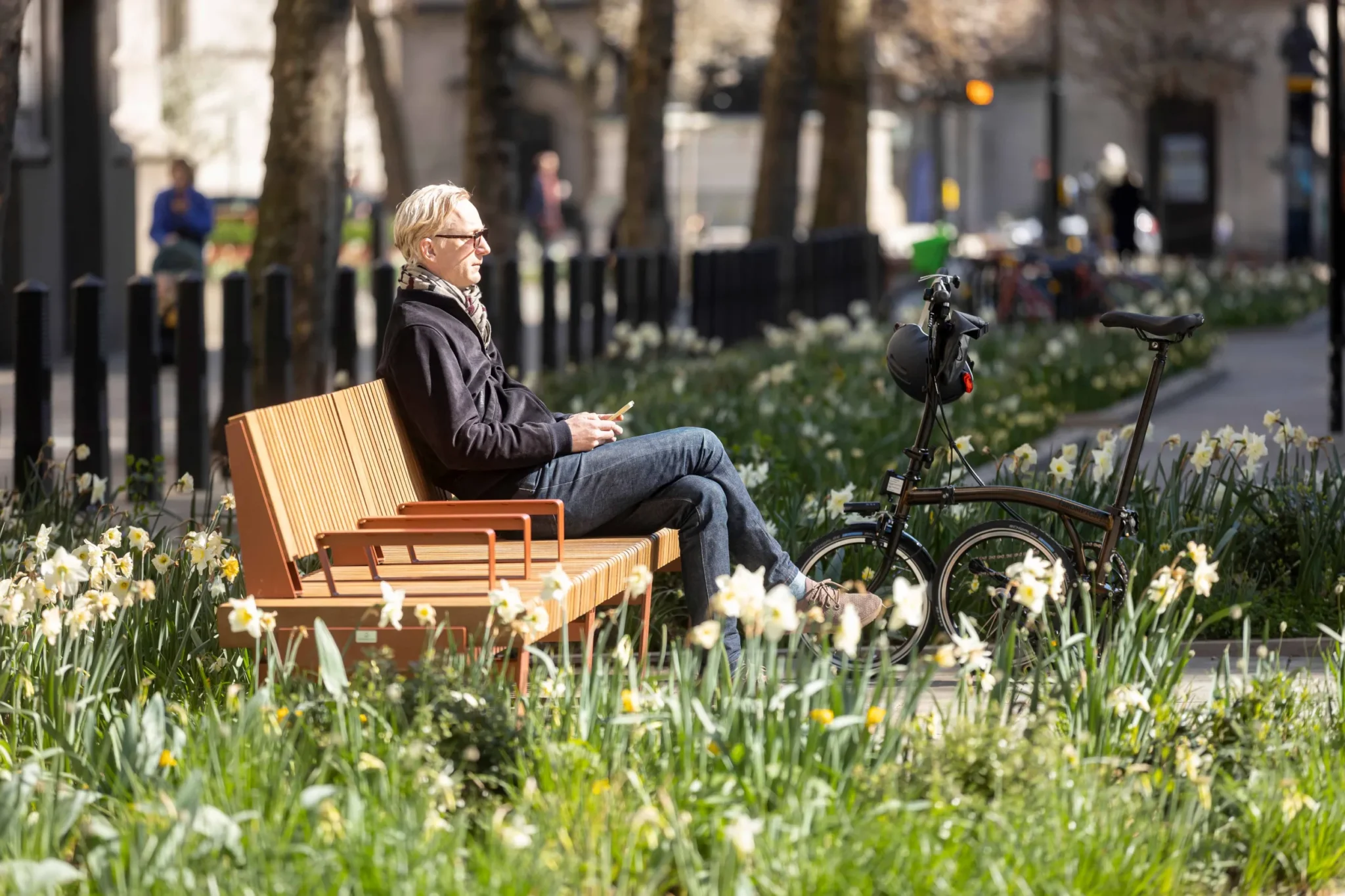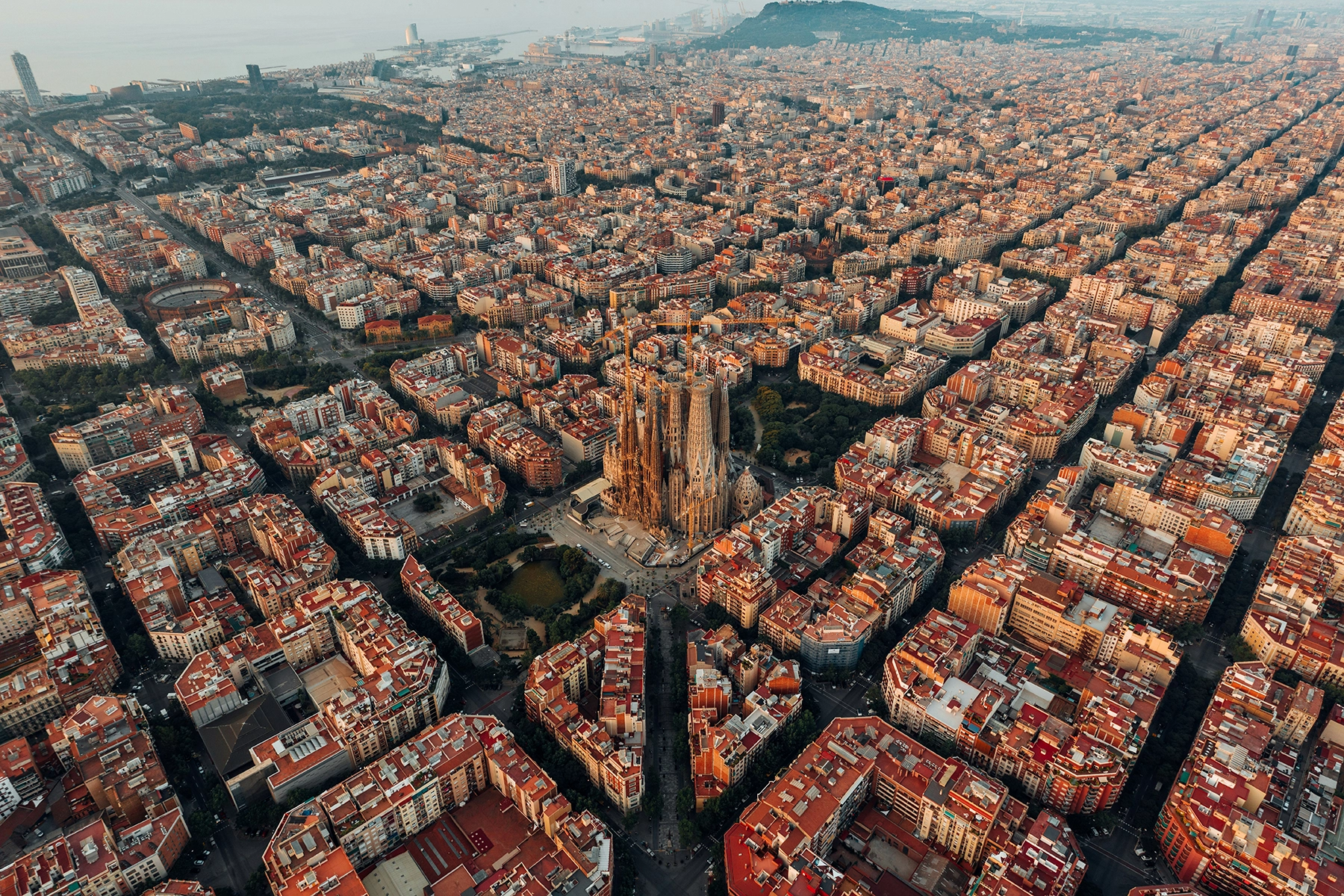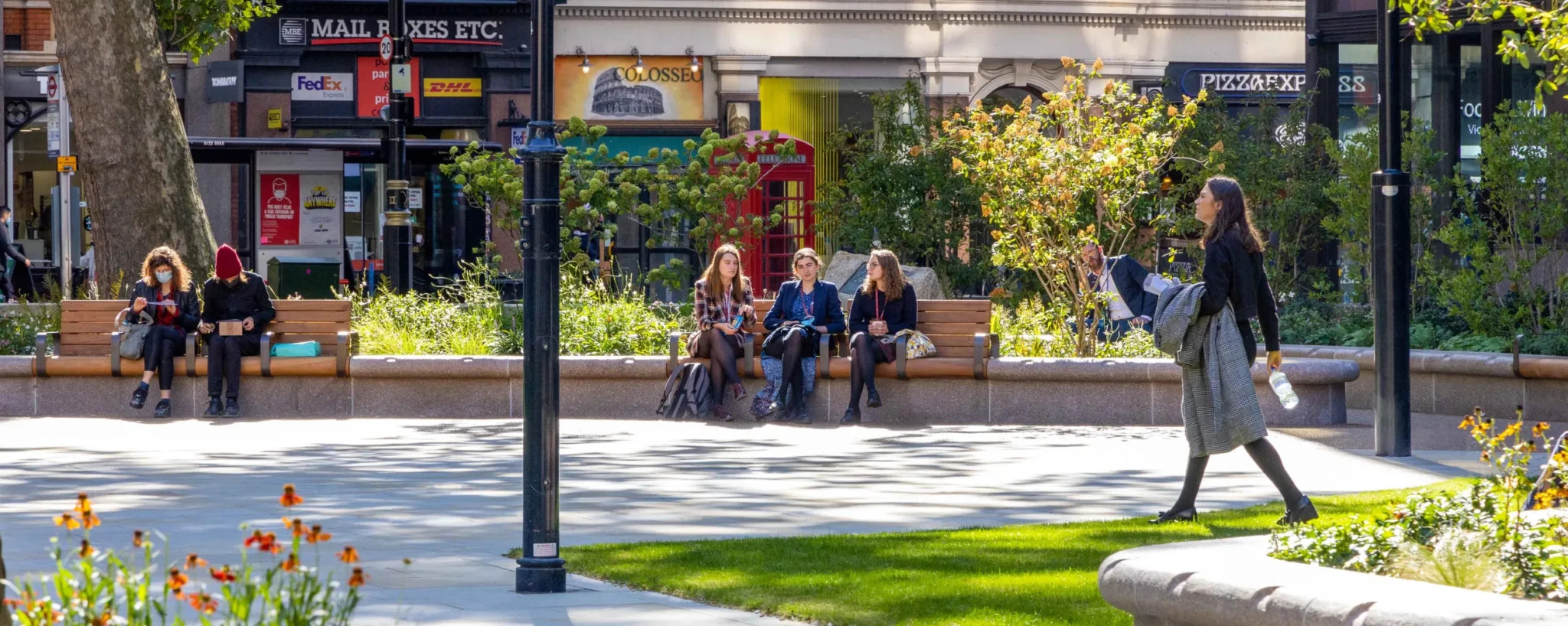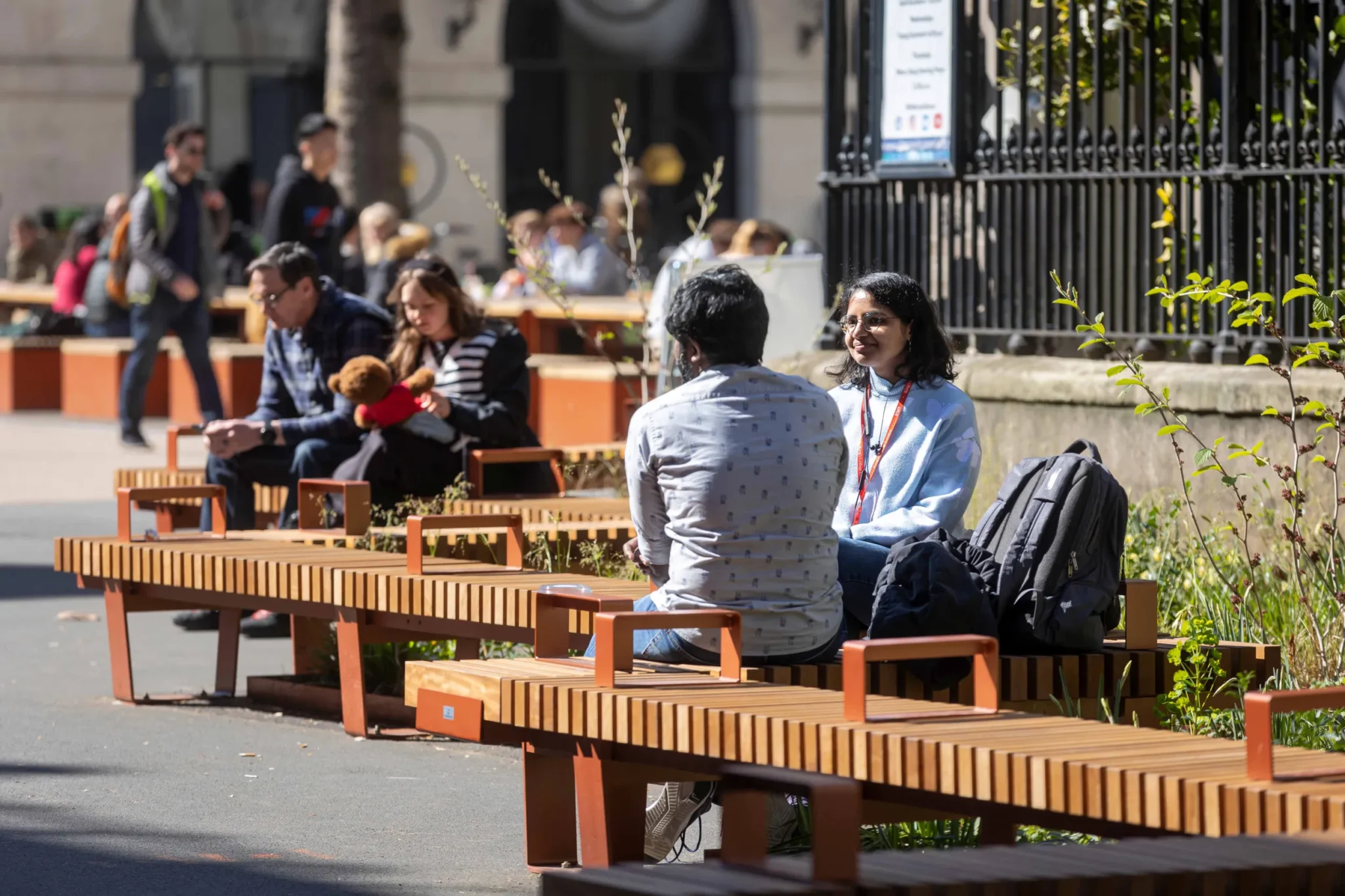This article, titled Planning the Urban Spaces We Deserve, was originally published in Money Magazine.
“Cities were mostly designed by people who didn’t use them.”
Catherine Barratt, Managing Director of Furnitubes
The nature of our business puts us in touch with some fascinating individuals. The quote I led with is from a chat I was having with Catherine Barratt, Managing Director of Furnitubes, a company based in England that produces urban outdoor furniture. Working with Furnitubes, and speaking with Catherine in particular, confirms that we don’t need to be engaged in the same business activity to share a set of values.

Shared Values
One of our shared obsessions is to do all we can in a way that has lasting impact because this makes the most sustainable use of resources. It preserves time, materials, and financial resources.
Another shared value is that all we do should benefit as wide an audience as possible. And in the case of Furnitubes, this is taken to mean absolutely everyone.
Consider the supply chain of outdoor urban furniture. The bench you sit on when you’re in a public space like a city square has been manufactured by a company like Furnitubes, directly paid for by the city council, chosen by an urban planner or designer, and used by a member of the public (yourself, in this case). And it is you, this last person in the chain, who has indirectly paid for it all because it’s ultimately our taxes that build cities.
Despite this, for the longest time, cities have been designed by people who were designing for themselves. They didn’t consider other demographics, nor did they take the wellbeing of a large group of people into account. Cities were largely designed for the efficiency of trade and this meant that transportation was central to this design. We built cities around cars and us humans had to make the adjustments necessary to give traffic the highest priority.
This is not always the case. When planning Barcelona, Cerdà took into account the amount of air we need to breathe properly and recognised that high density urban areas weren’t conducive to wellbeing. Even when the horse-drawn carriage was the staple mode of transportation, Cerdà devised a grid based on wide avenues and octagonal blocks with chamfered corners to give more space and more visibility to the pedestrian, effectively founding the study of urbanisation.

Long-Term Vision
Then there are the aesthetics of a city. As a civilisation we are judged by what we leave behind – a notion we are entirely familiar with when judging our past but often seem to ignore when constructing our present. The same people who marvel at the remains of Greek and Roman cities are usually responsible for planning buildings on a spreadsheet, constructing a depressingly dystopian environment.
Roger Scruton, perhaps ambitious in his regard of beauty as a fundamental virtue, placed the responsibility on our shoulders to consider the wider-reaching impact of our actions, “We do not merely study the past: we inherit it, and inheritance brings with it not only the rights of ownership, but the duties of trusteeship.”
The discourse surrounding the transformation of urban spaces is both timely and essential, as the delineation between indoor refuge and our time spent outdoors becomes ever more pronounced. As we spend more time indoors, the time we spend out of our homes becomes even more precious. And this serves as an imperative for our urban environments to provide us with a healthy dose of wellbeing.

Urban Planning Revolution
The narrative of urban planning is undergoing a profound evolution, transitioning from designs that prioritized vehicular movement to those that advocate for human scale and environmental sustainability. We can observe this shift as the more enlightened cities are driving gradual reclamation of spaces for pedestrian use, the proliferation of green infrastructure, and the heightened emphasis on accessible, welcoming public realms. Cities such as Rotterdam and Paris exemplify this shift, with their innovative approaches to urban redesign and commitment to enhancing the quality of life for their residents.
“Our decisions are made with a better future in mind.”
Catherine is fully immersed in this sentiment. When speaking about the way they regard their role in society, she states that, “if you make an area welcoming and functional, it has ripple effects across the whole community. People look after spaces they value, crime goes down, and health indicators improve. We strive to build long-lasting products that benefit the public,” she says. “Our decisions are made with a better future in mind.”
So how can cities accelerate this transition? Catherine believes the private sector has an important role to play. “The private sector has a moral imperative to lead this charge,” she contends. “Businesses must demonstrate the potential and the value of sustainable, human-centric urban design. Every park bench, every planter, every element we introduce into the urban fabric should be a testament to our belief in a more beautiful, more connected future.” And this is the way she leads Furnitubes, to set an example through sustainable practices and innovative design that puts people first.

Looking Forward
Peering into the future, Catherine adopts an optimistic stance regarding the trajectory of urban planning. She envisions cities that wholeheartedly embrace human-centric design, fostering environments that are not only livable but also enriching and inclusive. This forward-looking perspective champions the idea that well-conceived urban spaces can act as catalysts for community, creativity, and well-being, reflecting a broader commitment to building cities that not only function efficiently but also resonate on a deeper, more personal level: “We have a responsibility to leave a legacy of functional beauty. Beautiful outdoor spaces add value to the lived experience of all those who make use of them. This is what great cities do.”
There are bright spots to build on. Innovative urban projects worldwide offer glimpses of what is possible. And a new generation of planners, designers and citizens is demanding better. “The time has come for urban spaces that welcome and uplift us all,” Catherine concluded. “If we keep this vision in mind, the cities we get are the cities we deserve.”




